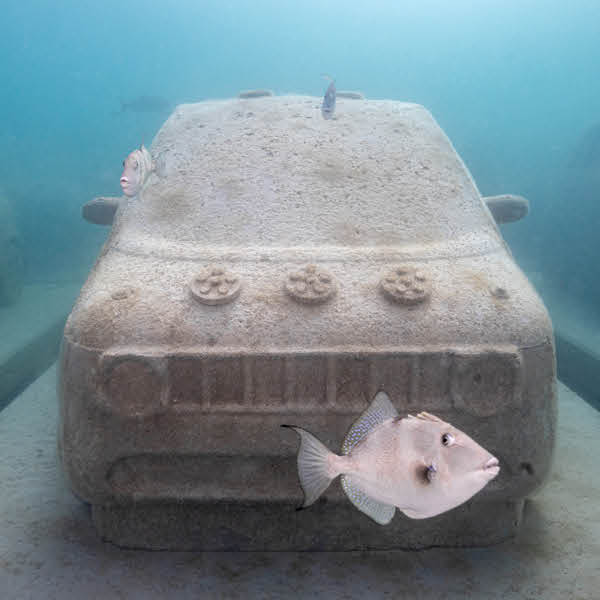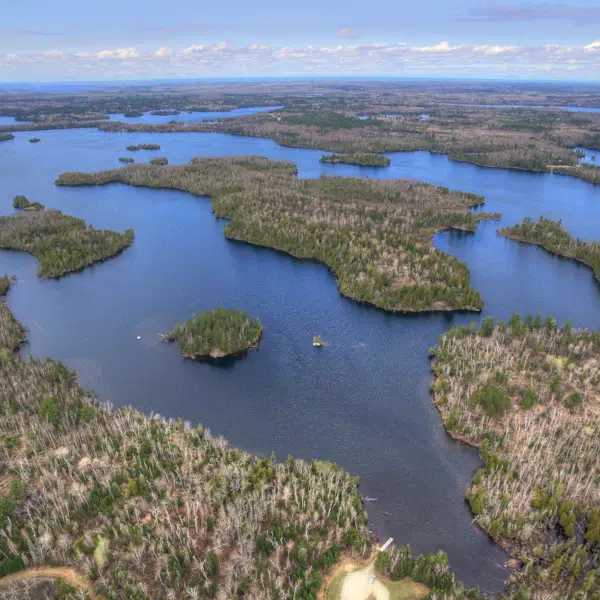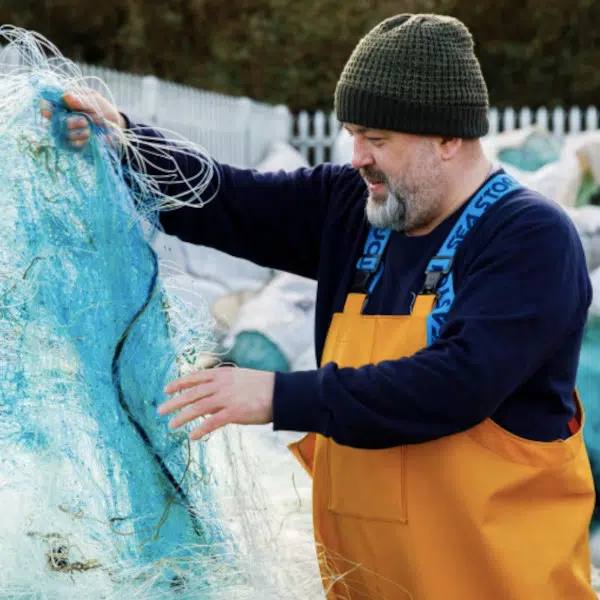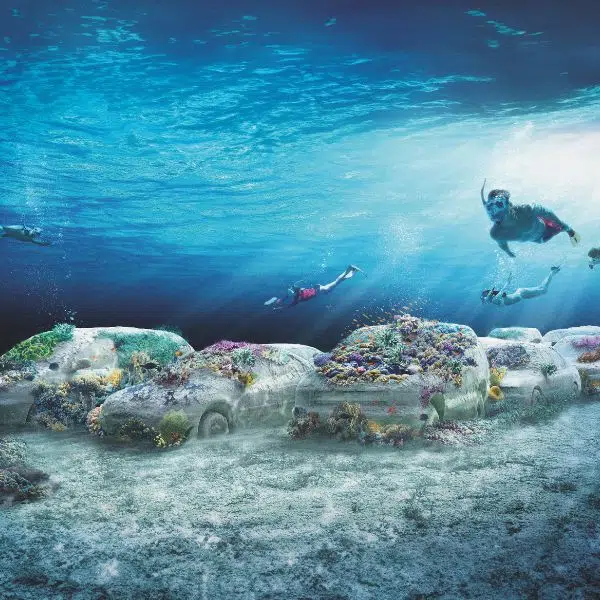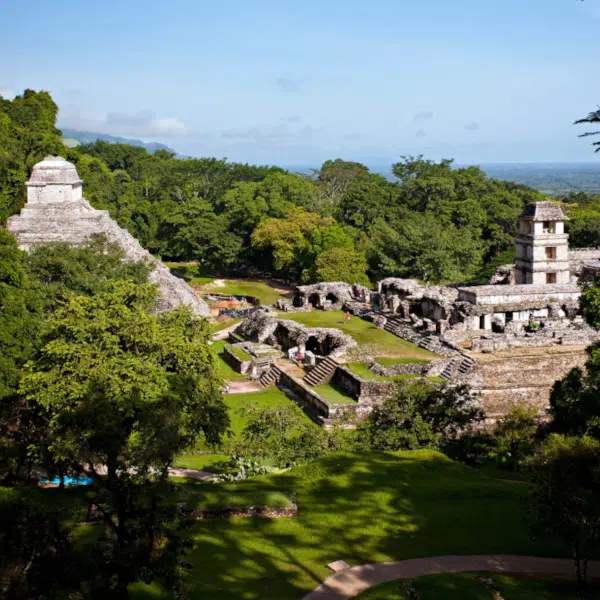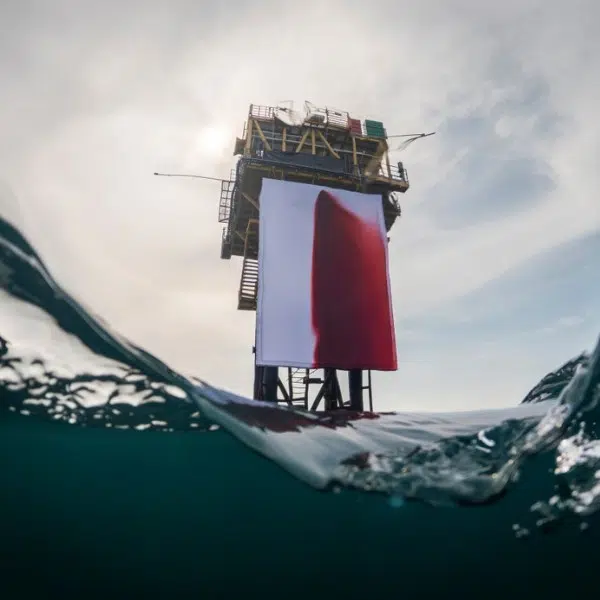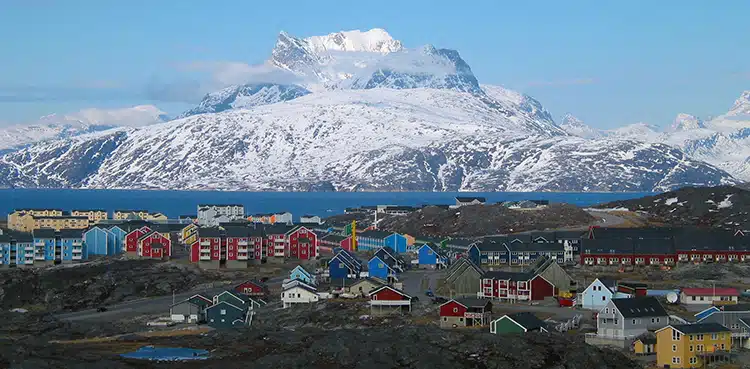
Nuuk, Greenland. (Photo: Wikimedia Commons, Public domain)
Climate change is an ever-present reality that has already impacted our planet in many ways. Sea levels rise about an inch or more each decade as water long stored in glaciers melts into the sea. This damaging process is quickly at work in Greenland, where the country's extensive and ancient ice cover is dramatically falling victim to a warming planet.
But how much history is being undone by the melting of these glaciers? And how ancient is the ice? A new study in Proceedings of the National Academy of Sciences has confirmed that the center of Greenland was ice-free at some point, likely less than 1 million years ago. This upends the long-held scientific belief and foreshadows a dark future when the ice is gone.
The Greenland Ice Sheet (GrIS) is massive, albeit shrinking. The ice in its thickest portions stretches down two miles till you hit rock. A core taken in 1993, known today as GISP2, has been preserved in the National Science Foundation Ice Core Facility in Colorado for three decades. Its ice and rock compositions have been studied. In 2016, a paper by Joerg Schaefer of Columbia University and co-authors examined the rock portion, postulating an astonishing preposition: the present ice sheet must have formed no later than 1.1 million years ago. At the time, this conclusion was shocking and contentious. But the recent study included an analysis of the glacial till contained within the core. Paul Bierman of the University of Vermont and fellow researchers were curious about its contents.
They found soil typical of a tundra, specifically containing fascinating, fossilized biological materials. The team discovered willow wood, insect remnants, fungi, and incredibly preserved Arctic poppy seeds. The latter was especially revealing. Halley Mastro, a doctoral student who contributed significantly to the research, noted in a statement, “That is a tiny flower that's really good at adapting to the cold. It lets us know that Greenland's ice melted and there was soil because poppies don't grow on top of miles of ice.”
Similarly, Bierman opined, “We now have direct evidence that not only was the ice gone, but that plants and insects were living there. And that's unassailable. You don't have to rely on calculations or models.”
The fact that Greenland has been ice-less so recently (in Earth's age, relatively) demonstrates that Greenland's ice is much more fragile than previously known.
“This new study confirms and extends that a lot of sea-level rise occurred at a time when causes of warming were not especially extreme,” Richard Alley of Penn State commented on the research, which he did not participate in, noting it is “providing a warning of what damages we might cause if we continue to warm the climate.”
Examining an ice and ground core taken in the 1990s has revealed micro-sized fossils of seeds and flora, which confirms that the center of Greenland had no ice at some point within the last million years.
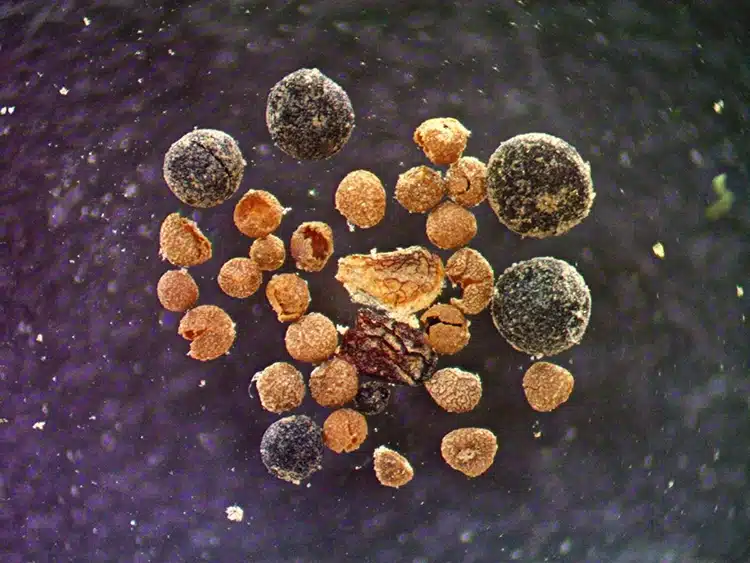
The poppy seed fossils. (Photo: Halley Mastro/University of Vermont)
This is a bad sign for human-induced climate change, which continues to accelerate rising sea levels and the melting glaciers.
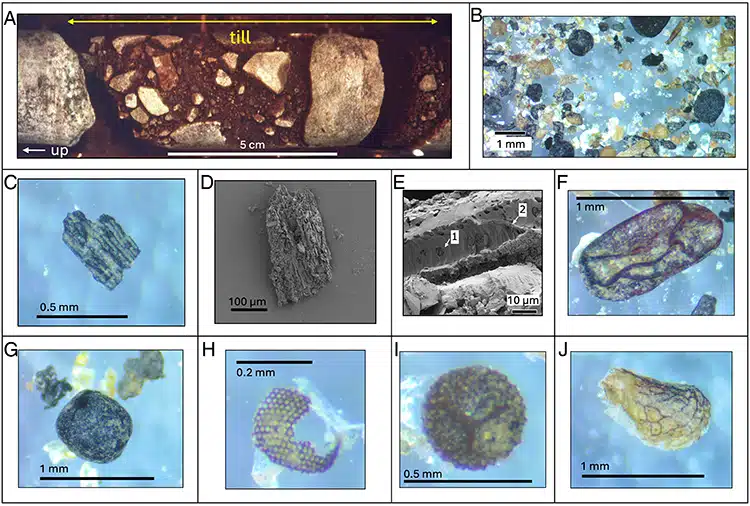
Macrofossils from the 1993 core GISP2. (Photo: Fig. 2 in Bierman et al.)
h/t: [Live Science]
Related Articles:
Art History: Ancient Practice of Textile Art and How It Continues to Reinvent Itself
Sister Duo Weaves Textured Wall Hangings Inspired by Australian Landscapes
How to Crochet: Learn the Basics of This Time Honored Handicraft
Artist Fills Forest with Life-Size Sculptures Made from Woven Rods of Willow











































































